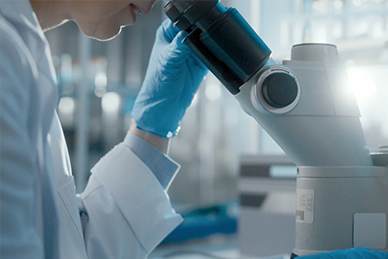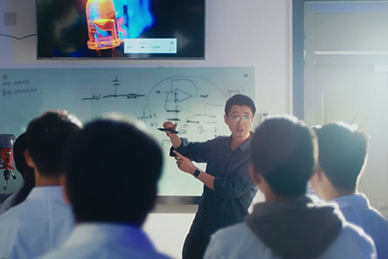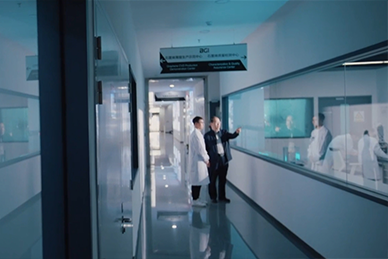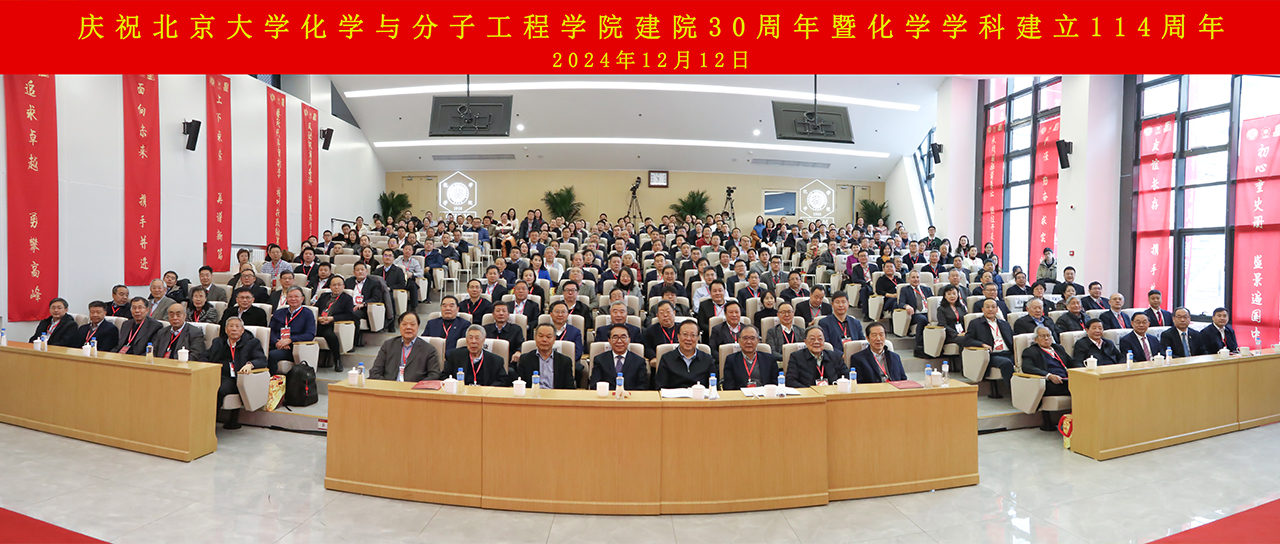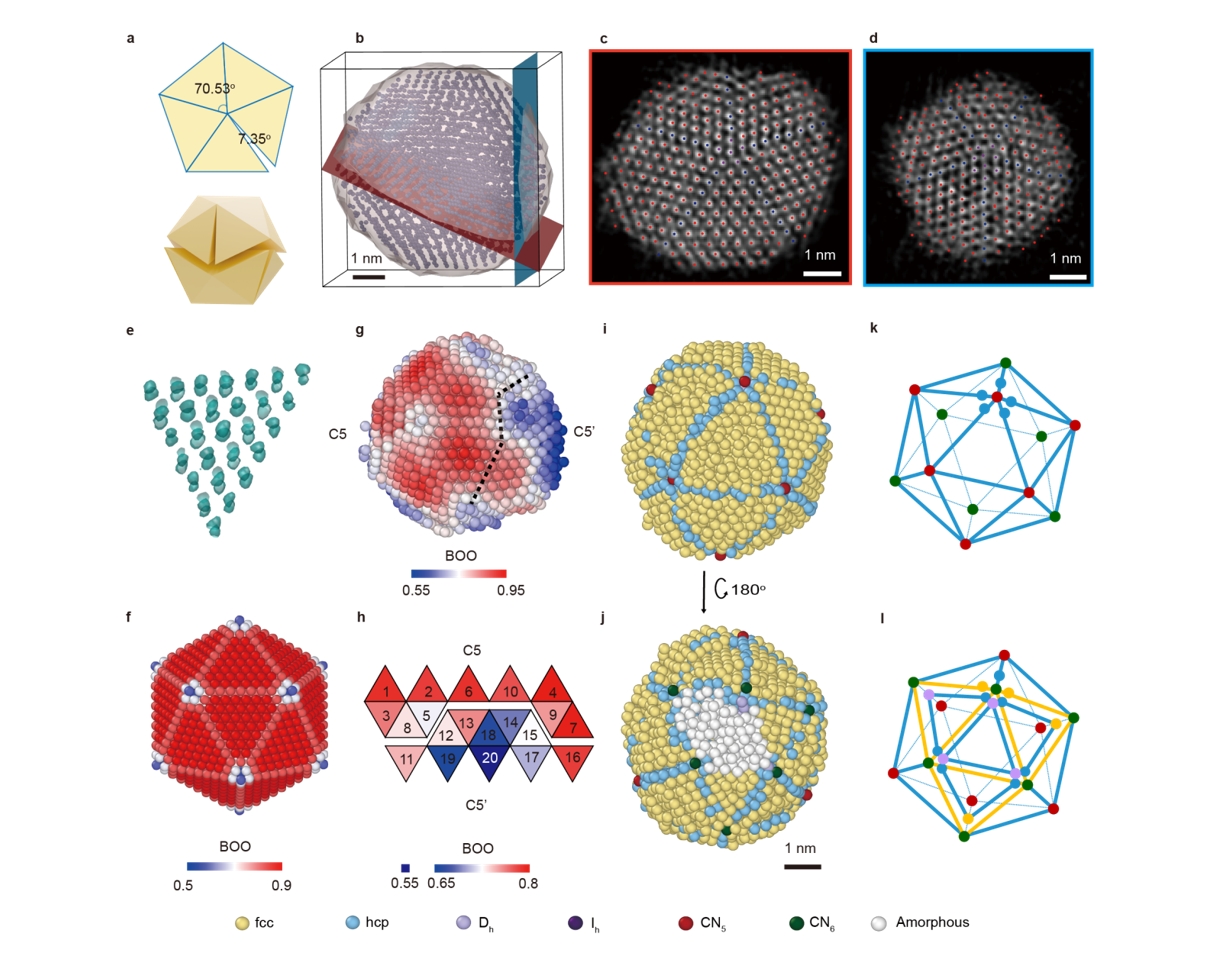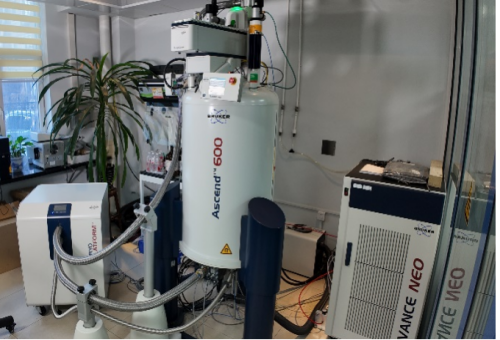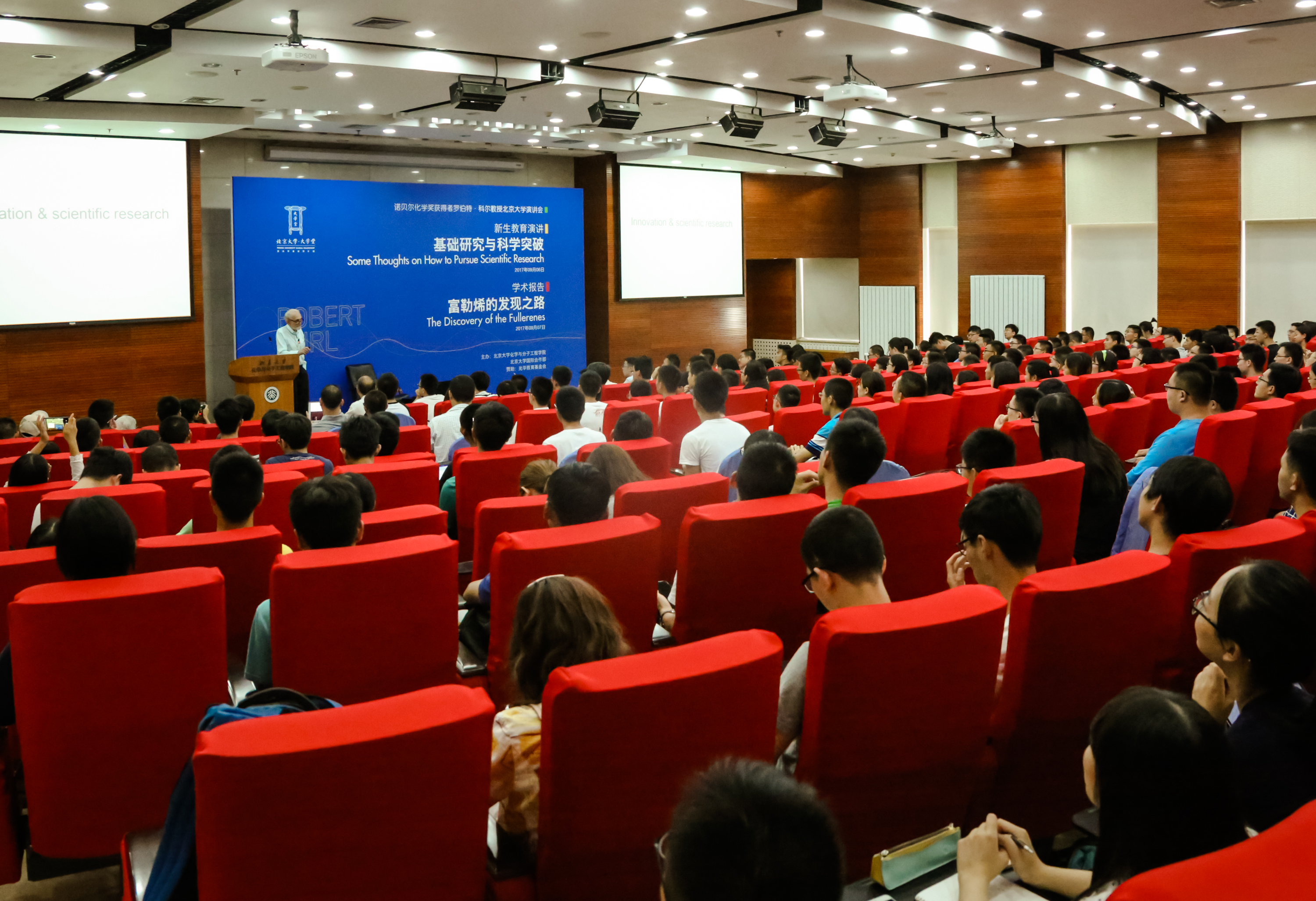
Dean of College of Chemistry and Molecular Engineering
The College of Chemistry and Molecular Engineering (CCME) at Peking University is a world-leading research institution. Our history dates back to the Chemistry Division of the Imperial University of Peking, founded in 1910. As the oldest Department of Chemistry in China, CCME has played a pivotal role in shaping the national and international landscape of Chemical Education and Fundamental Research.
Today, CCME is a hub of academic excellence and innovation. It proudly hosts two State Key Laboratories and two Ministry of Education Key Laboratories. In 2003, CCME, in collaboration with the Institute of Chemistry, Chinese Academy of Sciences, established the Beijing National Laboratory for Molecular Sciences, further cementing its status as a global leader in Chemical Sciences.
Our faculty is a testament to our commitment to excellence, with 209 members, including 10 Academicians of the Chinese Academy of Sciences. The college is funded primary by the National Science Foundation of China, and numerous faculty members have been recognised with prestigious national awards such as the National Science Fund for Distinguished Young Scholars.
CCME's educational programmes are designed to provide a comprehensive and rigorous foundation in chemistry. Our undergraduate program offers a Bachelor of Science degree with tracks in chemistry, materials chemistry, applied chemistry, and chemical biology. Students benefit from cutting-edge laboratory facilities, spanning over 4800 square meters, equipped with state-of-the-art instruments. These resources ensure that students receive unparalleled experimental training, fostering critical thinking and innovation.
-
![]() Peking University Team Breaks Through Hydrogen Energy Core Technology, Accelerating Global Carbon NeutralityMar 17 , 2025Hydrogen (H₂), the lightest and most abundant element in the universe, is widely regarded as ...
Peking University Team Breaks Through Hydrogen Energy Core Technology, Accelerating Global Carbon NeutralityMar 17 , 2025Hydrogen (H₂), the lightest and most abundant element in the universe, is widely regarded as ... -
![]() Nat. Commun. | Prof. Jihan Zhou Reported the Strain Relief Mechanism in Fivefold Twinned Icosahedral NanoparticlesMar 07 , 2025In crystallography textbooks, it is commonly stated that regular tetrahedra composed of mono-...
Nat. Commun. | Prof. Jihan Zhou Reported the Strain Relief Mechanism in Fivefold Twinned Icosahedral NanoparticlesMar 07 , 2025In crystallography textbooks, it is commonly stated that regular tetrahedra composed of mono-...
-
Sep19【XingDa669】Sequence-based design of small molecules targeting RNA structure
-
Sep19【XingDa668】From novel antimalarials to next generation Antibody-Drug Conjugate payloads
-
Sep15【OPSS】Heterocyclizations and Cross-Couplings Enabled by Stereocontrolled Alkene Functionalization
-
Sep12【XingDa667】Modern Solid-State Chemistry:Complex Anions and Chemical Bonding
-
Sep12【Inorganic chemistry Forum】Why do we need a single-molecule qubit?
-
Sep12【Soft Matter Lecture151】Dynamic Networks as a Route toAccess Pluripotent Materials


